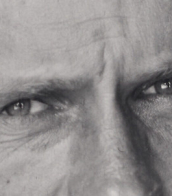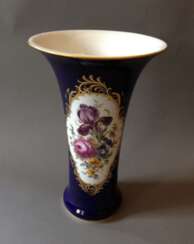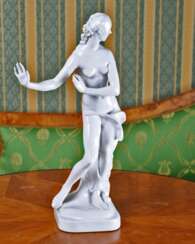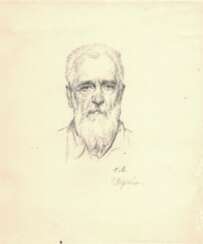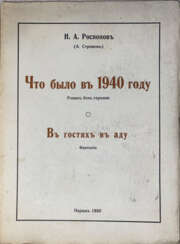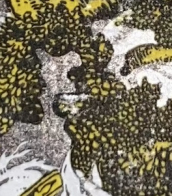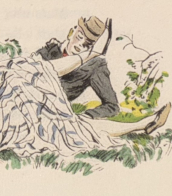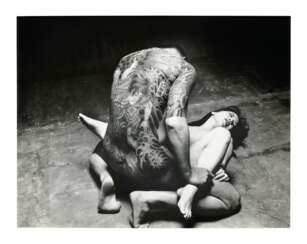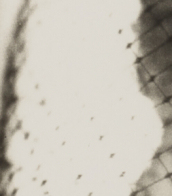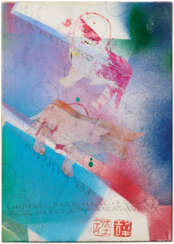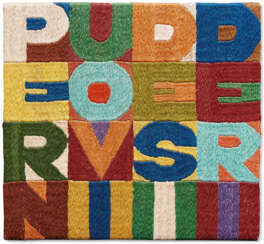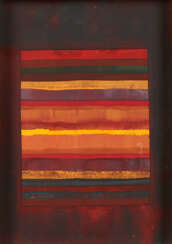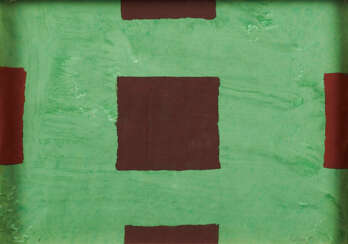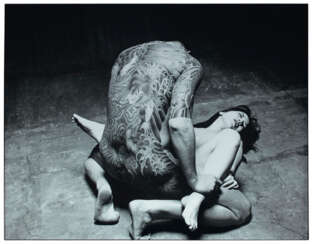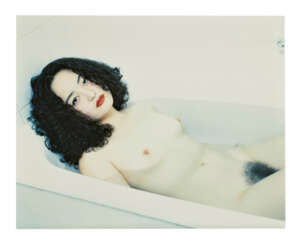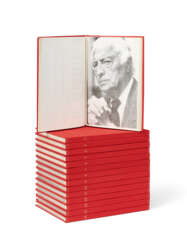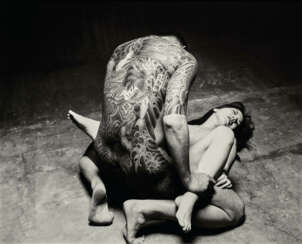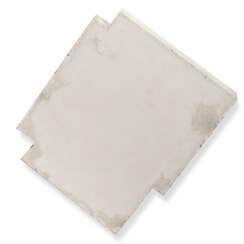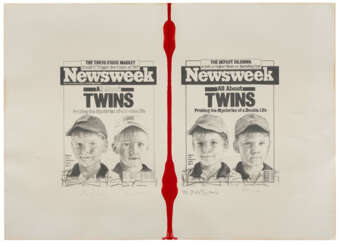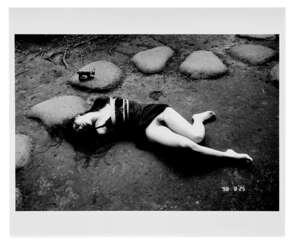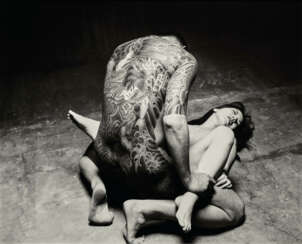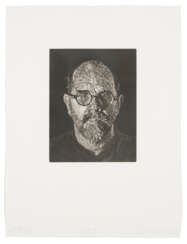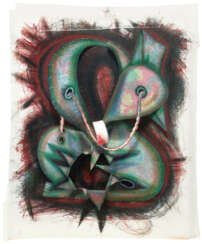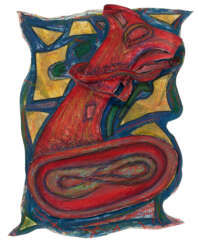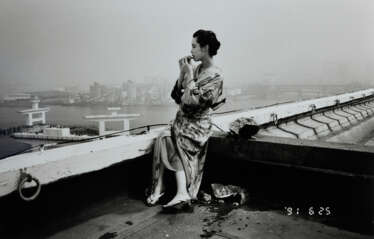1940-е
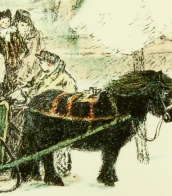

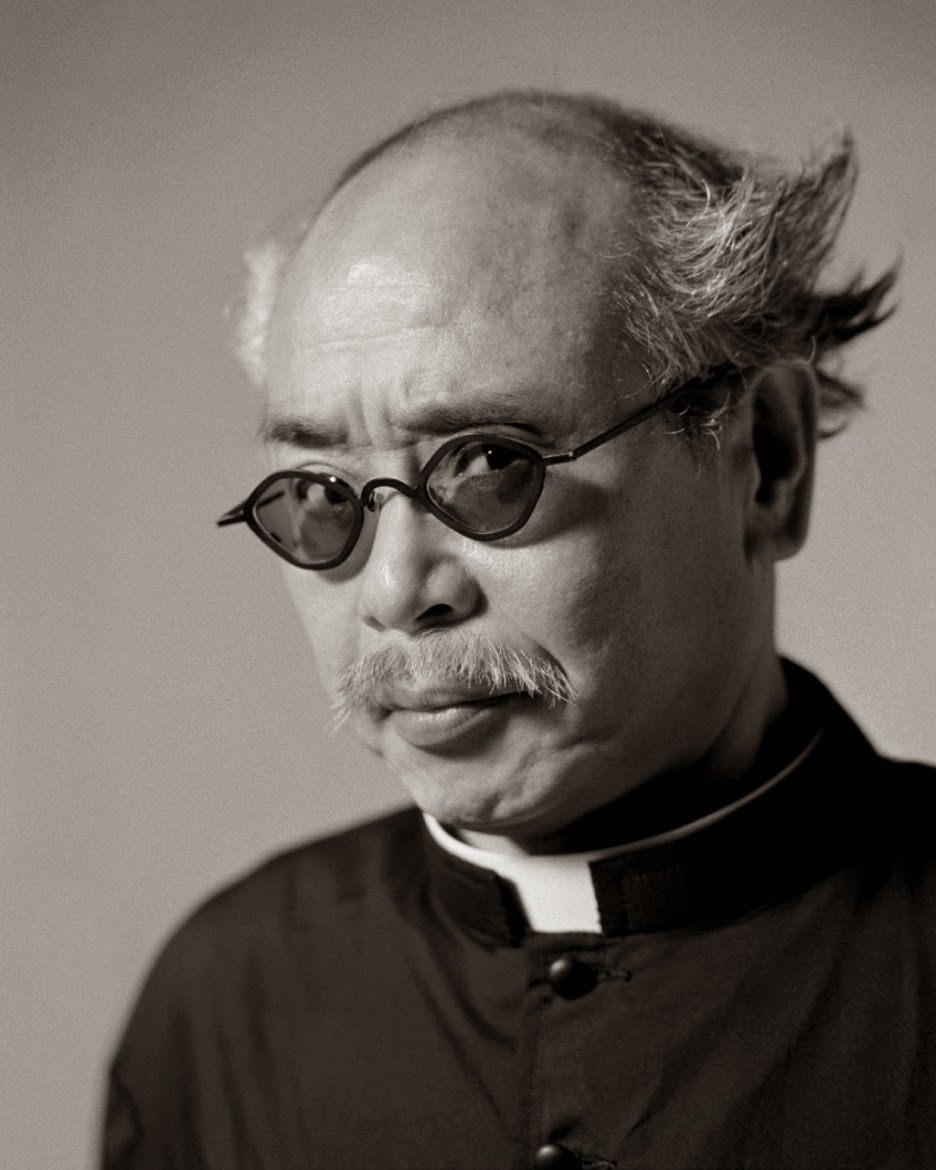
Nobuyoshi Araki is a Japanese photographer and contemporary artist professionally known by the mononym Arākī. Known primarily for photography that blends eroticism and bondage in a fine art context, he has published over 500 books.
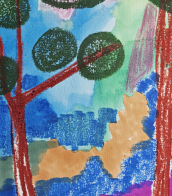
Pat Steir is an American painter and printmaker. Her early work was loosely associated with conceptual art and minimalism, however, she is best known for her abstract dripped, splashed and poured "Waterfall" paintings, which she started in the 1980s, and for her later site-specific wall drawings.
Steir has had retrospectives and exhibitions all over the world.
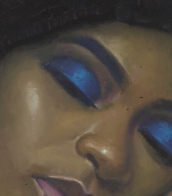
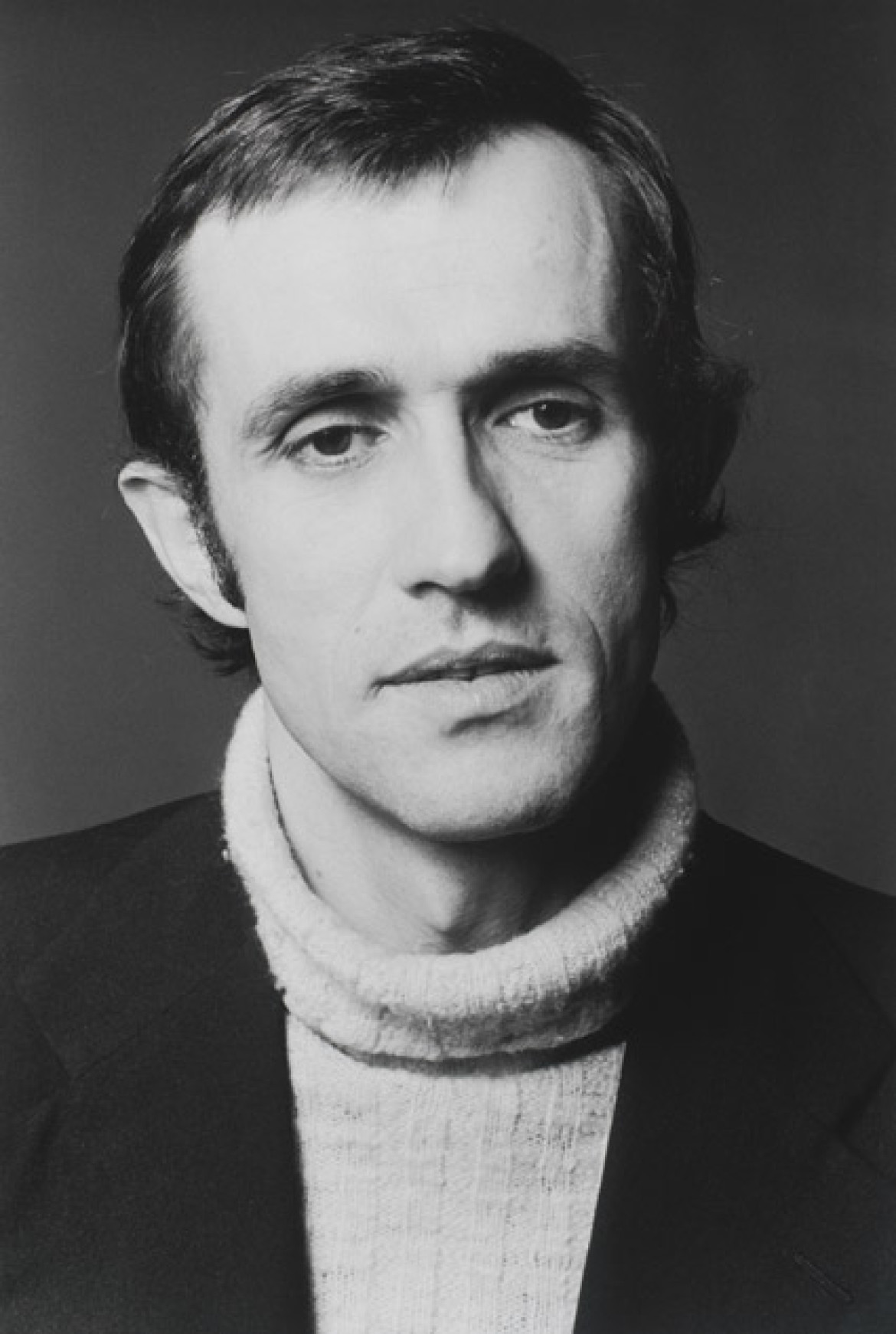
Alighiero Fabrizio Boetti, known as Alighiero e Boetti, was an Italian conceptual artist, considered to be a member of the art movement Arte Povera.
Perhaps best known is Boetti's series of large embroidered maps of the world, called simply Mappa.
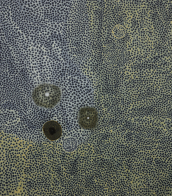

Alighiero Fabrizio Boetti, known as Alighiero e Boetti, was an Italian conceptual artist, considered to be a member of the art movement Arte Povera.
Perhaps best known is Boetti's series of large embroidered maps of the world, called simply Mappa.
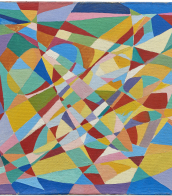

Nobuyoshi Araki is a Japanese photographer and contemporary artist professionally known by the mononym Arākī. Known primarily for photography that blends eroticism and bondage in a fine art context, he has published over 500 books.
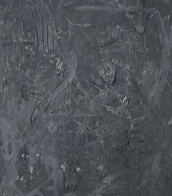

Alighiero Fabrizio Boetti, known as Alighiero e Boetti, was an Italian conceptual artist, considered to be a member of the art movement Arte Povera.
Perhaps best known is Boetti's series of large embroidered maps of the world, called simply Mappa.

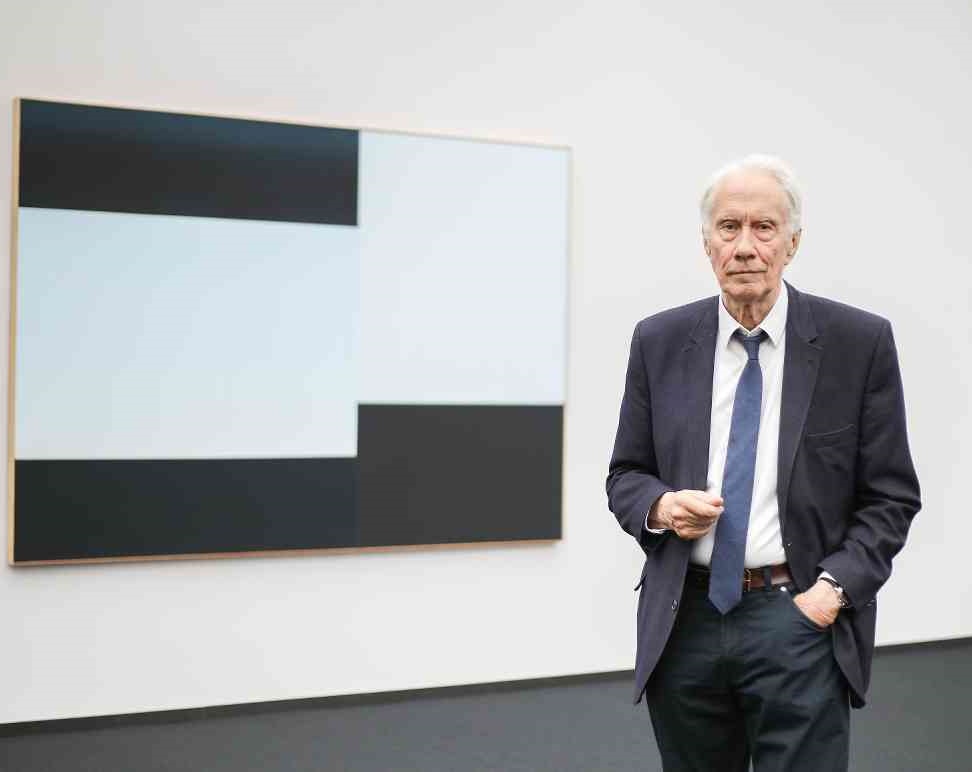
Ulrich Erben is a German painter. From 1980 to 2005, he was a Professor of Painting at the Kunstakademie Münster (University of Fine Arts Münster). He is known as a master of the color field style of abstract painting, closely related to abstract expressionism, in which he creates tension between a defined surface structure, his own method of applying paint to a canvas, and the relationship of various shades of white or color to each other in their placement as part of a composition on the flat plane of a canvas. In 1986 and 2008, he was awarded the Konrad-von-Soest Prize for Visual Arts by the Landschaftsverband Westfalen-Lippe (Landscape Society Westphalia-Lippe).
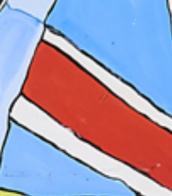

Ulrich Erben is a German painter. From 1980 to 2005, he was a Professor of Painting at the Kunstakademie Münster (University of Fine Arts Münster). He is known as a master of the color field style of abstract painting, closely related to abstract expressionism, in which he creates tension between a defined surface structure, his own method of applying paint to a canvas, and the relationship of various shades of white or color to each other in their placement as part of a composition on the flat plane of a canvas. In 1986 and 2008, he was awarded the Konrad-von-Soest Prize for Visual Arts by the Landschaftsverband Westfalen-Lippe (Landscape Society Westphalia-Lippe).


Ulrich Erben is a German painter. From 1980 to 2005, he was a Professor of Painting at the Kunstakademie Münster (University of Fine Arts Münster). He is known as a master of the color field style of abstract painting, closely related to abstract expressionism, in which he creates tension between a defined surface structure, his own method of applying paint to a canvas, and the relationship of various shades of white or color to each other in their placement as part of a composition on the flat plane of a canvas. In 1986 and 2008, he was awarded the Konrad-von-Soest Prize for Visual Arts by the Landschaftsverband Westfalen-Lippe (Landscape Society Westphalia-Lippe).


Nobuyoshi Araki is a Japanese photographer and contemporary artist professionally known by the mononym Arākī. Known primarily for photography that blends eroticism and bondage in a fine art context, he has published over 500 books.
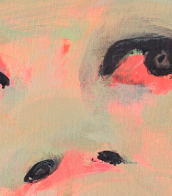

Nobuyoshi Araki is a Japanese photographer and contemporary artist professionally known by the mononym Arākī. Known primarily for photography that blends eroticism and bondage in a fine art context, he has published over 500 books.
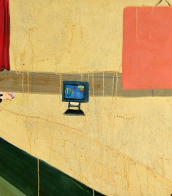

Alighiero Fabrizio Boetti, known as Alighiero e Boetti, was an Italian conceptual artist, considered to be a member of the art movement Arte Povera.
Perhaps best known is Boetti's series of large embroidered maps of the world, called simply Mappa.


Nobuyoshi Araki is a Japanese photographer and contemporary artist professionally known by the mononym Arākī. Known primarily for photography that blends eroticism and bondage in a fine art context, he has published over 500 books.
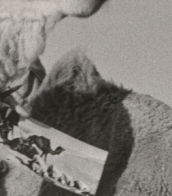
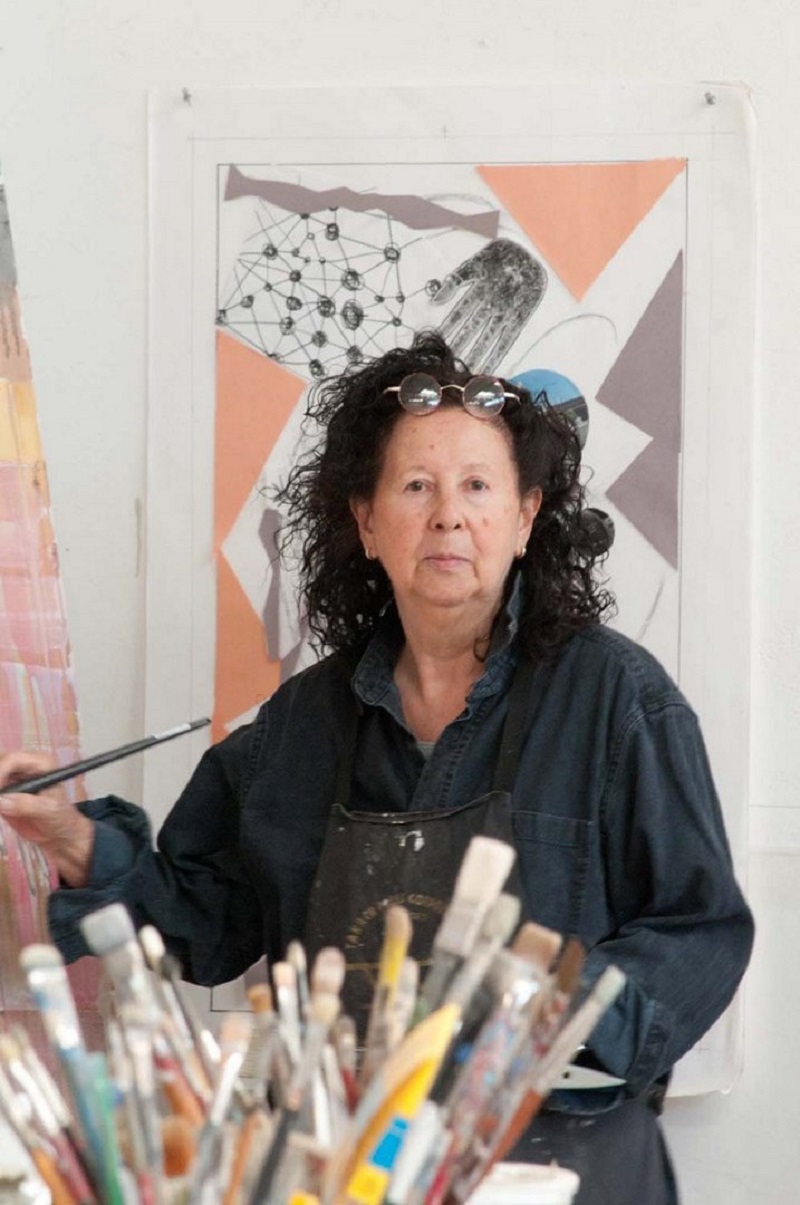
Jaune Quick-to-See Smith is a Native American visual artist and curator.
She is also an art educator, art advocate, and political activist. She has been prolific in her long career, and her work draws from a Native worldview and comments on American Indian identity, histories of oppression, and environmental issues.
In the mid-1970s, Smith gained prominence as a painter and printmaker, and later she advanced her style and technique with collage, drawing, and mixed media. Her works have been widely exhibited and many are in the permanent collections of prominent art museums.
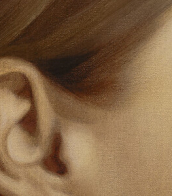
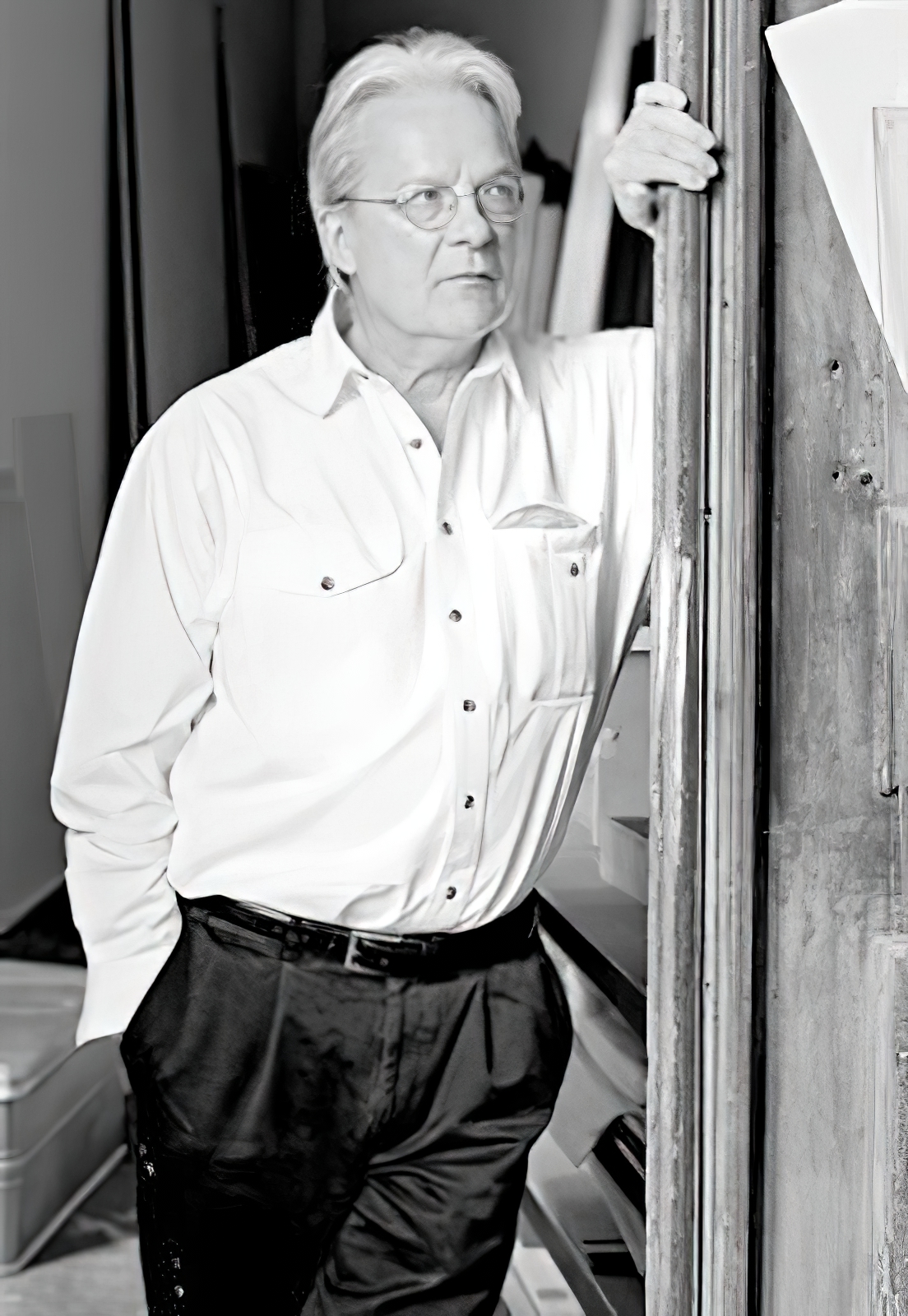
Imi Knoebel (born Klaus Wolf Knoebel) is a German artist. Knoebel is known for his minimalist, abstract painting and sculpture. The "Messerschnitt" or "knife cuts," are a recurring technique he employs, along with his regular use of the primary colors, red, yellow and blue. Knoebel lives and works in Düsseldorf.
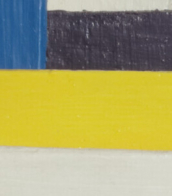

Alighiero Fabrizio Boetti, known as Alighiero e Boetti, was an Italian conceptual artist, considered to be a member of the art movement Arte Povera.
Perhaps best known is Boetti's series of large embroidered maps of the world, called simply Mappa.
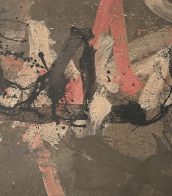

Nobuyoshi Araki is a Japanese photographer and contemporary artist professionally known by the mononym Arākī. Known primarily for photography that blends eroticism and bondage in a fine art context, he has published over 500 books.


Nobuyoshi Araki is a Japanese photographer and contemporary artist professionally known by the mononym Arākī. Known primarily for photography that blends eroticism and bondage in a fine art context, he has published over 500 books.
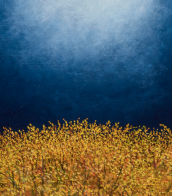
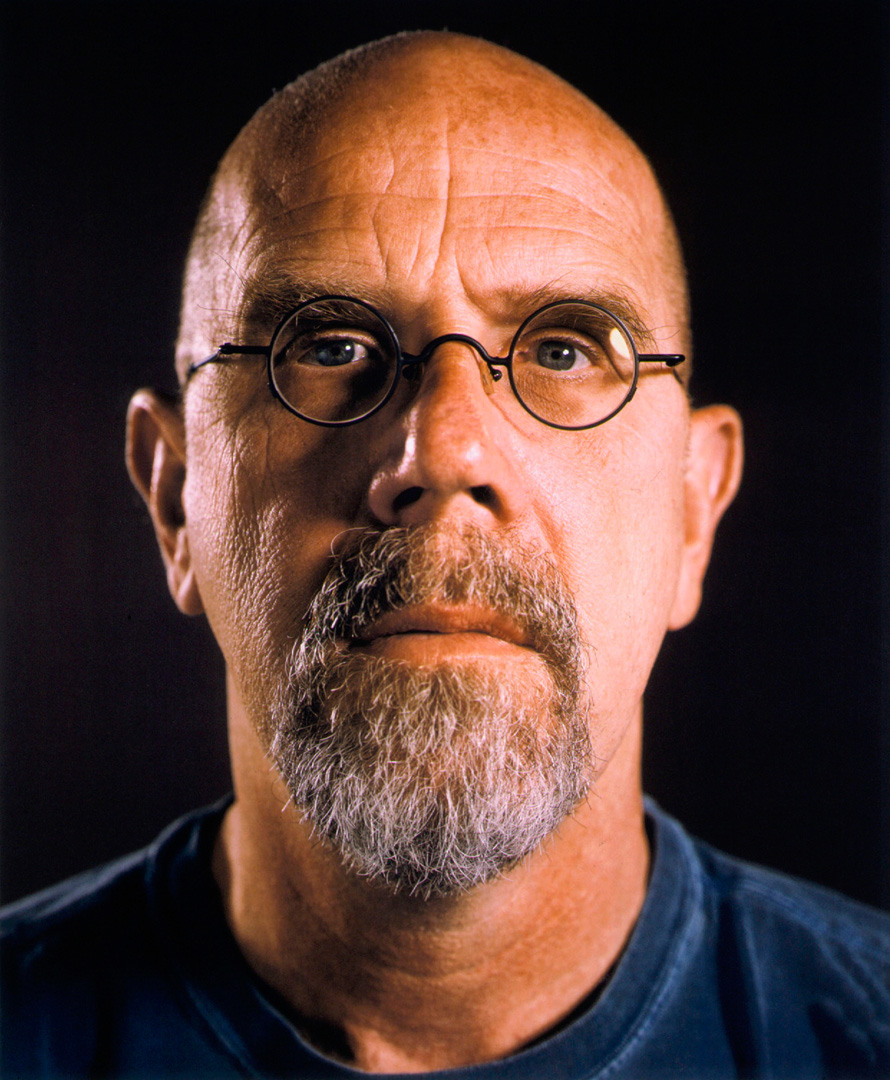
Chuck Close (real name Charles Thomas Close) was an American painter and one of the best-known photorealists in the USA.
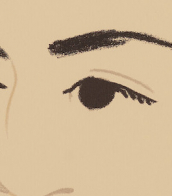
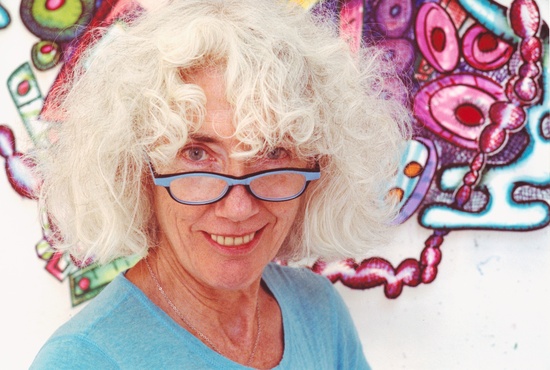




Nobuyoshi Araki is a Japanese photographer and contemporary artist professionally known by the mononym Arākī. Known primarily for photography that blends eroticism and bondage in a fine art context, he has published over 500 books.
